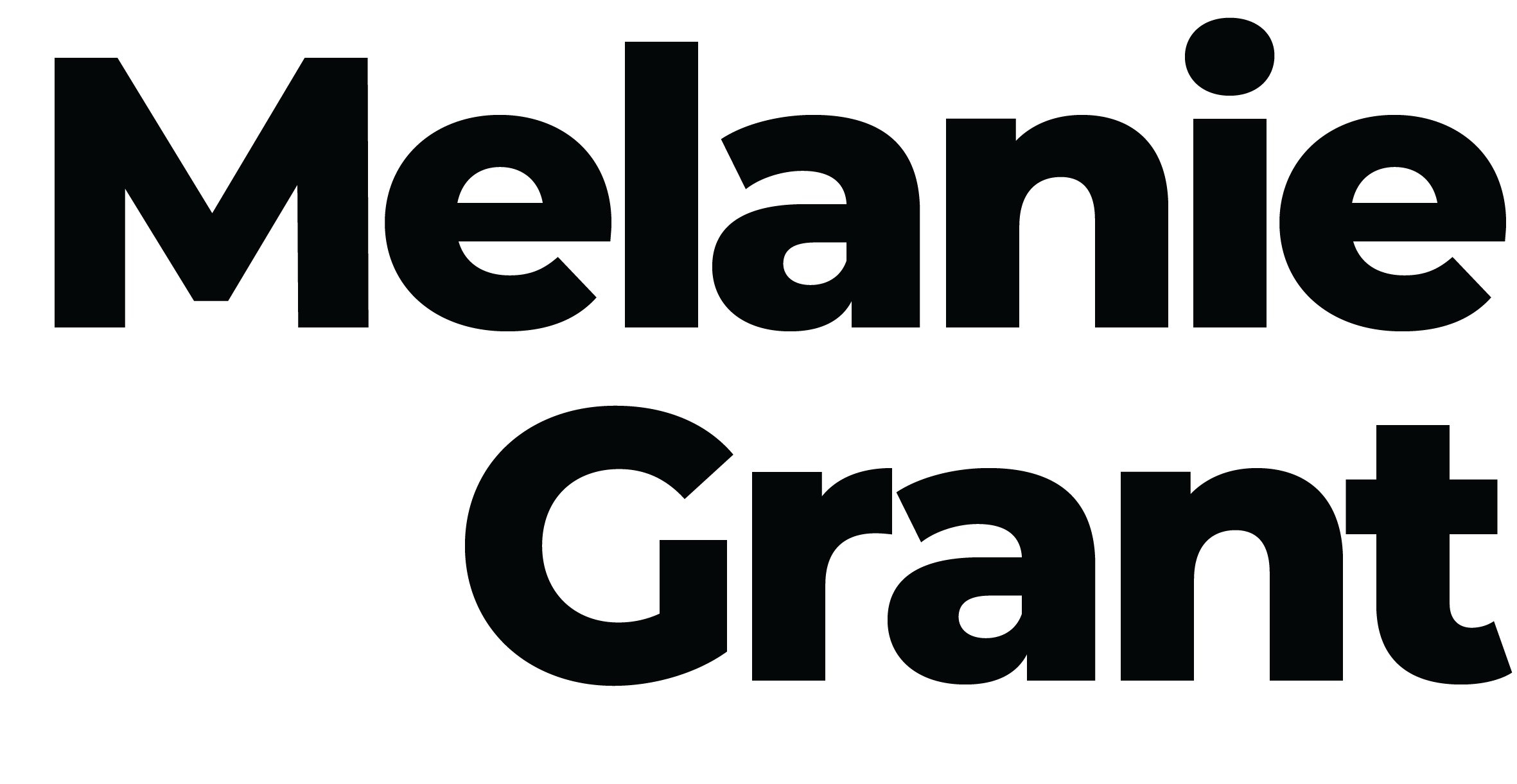What is it?
Collagen Induction Therapy, or “skin needling” is a proven corrective treatment for those seeking to address fine lines and laxity, minimise the appearance of acne scars and dilated pores and to refine the tone of coarse, rough, sun damaged skin. It’s also beneficial for those concerned with hormonal and post-inflammatory pigment and in the management of rosacea.
Collagen Induction Therapy increases the production of collagen and other healing factors by causing trauma to the skin using tiny needles with a vibrational pattern of penetration. It works in three distinct phases:
Phase I: Inflammation. Piercing the skin triggers your immune system to disinfect the wounds, remove debris, increase blood flow and begin to create new tissue.
Phase II: Proliferation. The wound is rebuilt with new granulation cells, which are part of the extracellular matrix. Additionally, a new network of blood vessels develops.
Phase III: Remodelling. The wound is replaced with new dermal tissues and blood vessels.
Why we recommend it?
Collagen Induction Therapy is a results-driven option for those who prefer a non-invasive approach to create a long term change in the skin. It is a proven method for encouraging and regenerating collagen and elastin to improve skin’s overall structure, function and appearance. Collagen Induction stimulates the production of natural elastin and collagen to counteract fine lines and laxity, while breaking down old tissue, pigment and textural inconsistencies. In terms of sensation, there is minimal discomfort and a down time that is only regarded as social, where the skin may feel dry, tight and chapped for up to two days post treatment. A custom course of treatments carried out in close succession will yield the best results.
Expected Downtime
Immediately after the treatment the skin will most likely be red and flushed, similar in appearance to a mild sunburn. There may also be a sensation of tightness and slight sensitivity to touch on the area being treated. This will reduce over the following few hours after your treatment and will have completely subsided by the next day.
You may experience slight redness for a few days post-treatment. For 3-5 days after your treatment, your skin is likely to feel a little dry and flaking in some areas. This is due to the fast cellular turnover post treatment – be sure to keep the skin hydrated throughout the day as much as possible. As always, be diligent with your sun care and be mindful of your sun exposure and do not use actives like retinol, AHAs or BHAs for 72 hours post treatment.
Recommended Treatments
For younger skins, 3-6 treatments scheduled at 4 week intervals is ideal. For more Mature skins, 3-6 treatments at 6 week intervals is best.
